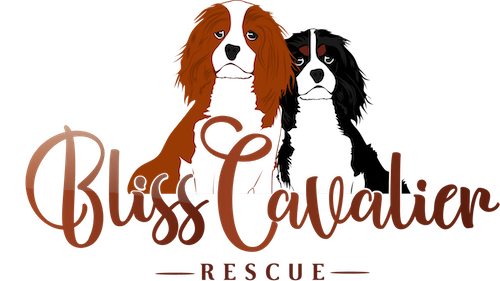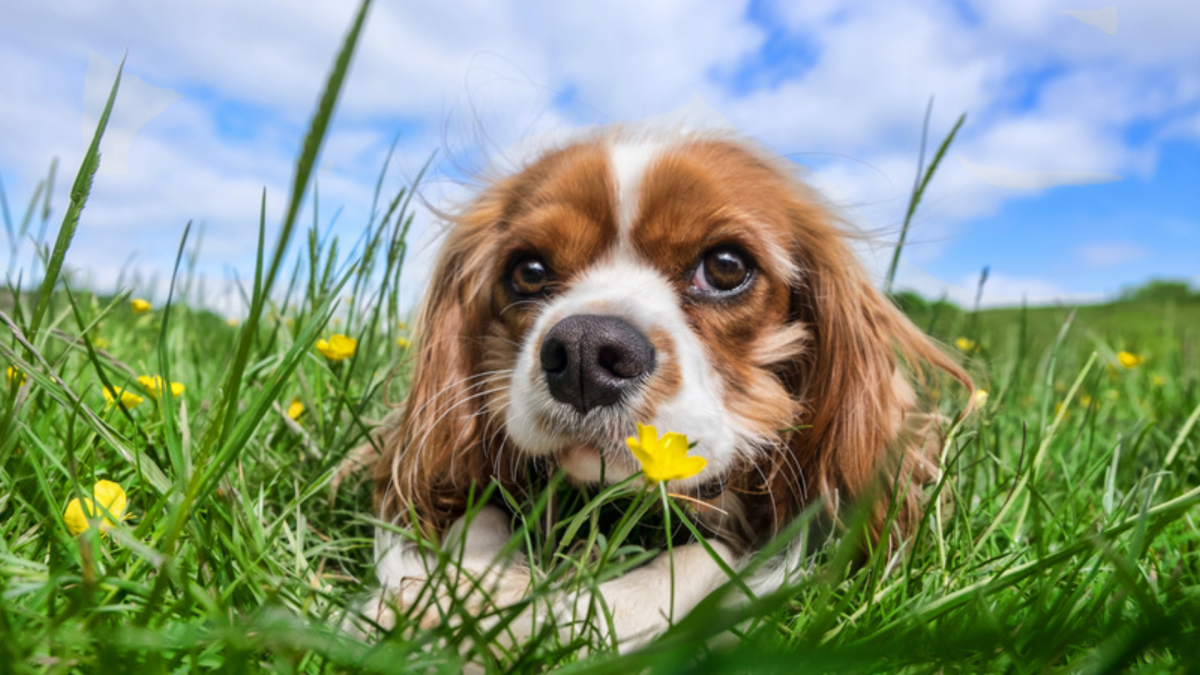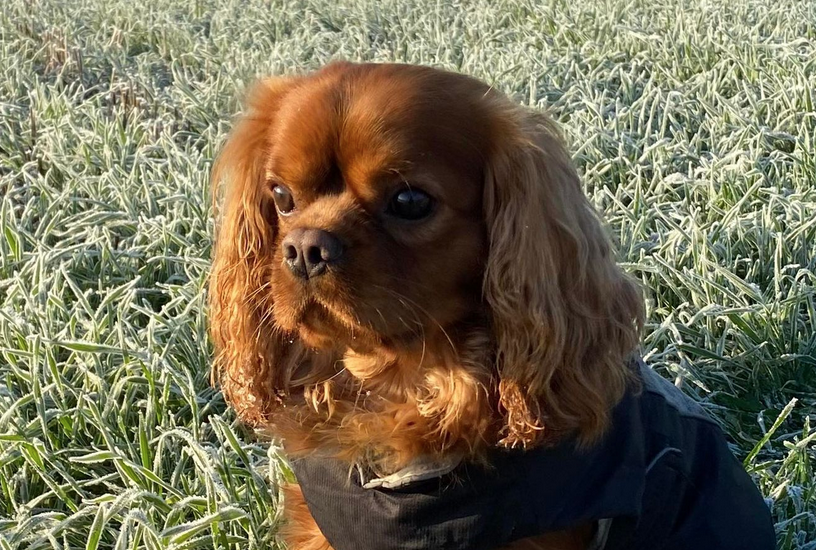What do you do when your Cavalier is stung by a bee or wasp?

Queen’s Speech Confirms New Animal Welfare and Protection Laws
11 May 2021
Cushing’s Disease – Flora’s Story
17 May 2021It’s that time of year again, the sun is shining the birds are singing and wasps and bees are buzzing around!
As dog owners we do have to be very aware of wasps and bees. While bees are lovely and are so incredibly vital to the planet they are not so great when our furry friends take a keen interest- they are only defending themselves after all.
Bees and wasps tend to appear in spring and hang around until early autumn. Some dogs seem to be fascinated by insects and will follow them and get very close, you should always try to discourage this as it can be a dangerous game. You can distract your dog away with a toy, squeaky toys are the best for grabbing attention if they aren’t responding to you calling them away.
Most stings will be quite harmless, resulting in mild irritation, a little pain and probably some swelling. Dogs tend to get stung on their paws or around their face and normally these minor stings can be managed at home.
However, some dogs can be allergic to the sting and the poison that the bee or wasp injects into them can cause a severe reaction that may also be life threatening. A dog who is stung more than once or in the mouth or throat can be at greater risk as the swelling may cause an obstruction and inhibit their ability to breathe. You need to act quickly and contact your vet immediately for advice. You will probably be asked to take your dog to the practice right away so the vet can examine your dog and assess the situation.
How can you tell if your dog has been stung?
It’s not always easy to spot as dogs are very good at hiding pain, but your dog may show one or more of these signs:
-Your dog may appear anxious
-They may be crying or whining
-You may see some swelling appear
-They may bite or paw at a specific area
-They may hold the affected paw in the air
If your dog has an allergic reaction requiring immediate veterinary care you may notice the following:
-Your dog may vomit or pass diarrhoea
-Their breathing may become rapid or they may find it hard to breathe
-Your dog may have pale gums
-You may see excessive swelling which spreads into the surrounding area
-They may become weak and even collapse
If your dog shows ANY of these symptoms, you MUST contact the vets and take your dog to be treated as soon as possible.
How can you manage minor stings at home?
If the sting is minor and your dog doesn’t show any of the signs above, you can hopefully manage treatment at home. It may be a good idea to give the vet a quick call to check with them, they can advise best.
Use something flat such as a plastic card to remove the sting by scraping it out from under the venom sac. Do not try to pull or squeeze the sting out as this may cause more venom to be released.
Hold a clean cloth drenched in icy cold water over the sting, this should help to reduce the swelling.
Keep your dog calm, they will probably feel irritated but keep them cool and try to distract them from biting or licking the area. Always keep an eye on your dog for signs that indicate an allergic reaction, the sooner you spot the signs, the sooner you can help your dog and may even save their life.
An over-the-counter antihistamine may help, but you MUST check with your vet first as some medications can be harmful to dogs. Never give them anything without asking your vets advice first.
Giving dogs human medication can cause serious consequences and can be life-threatening. Even if your vet says a human medicine is ok to give, you must also ensure you give the correct dosage for your dog’s size and weight. So you can be prepared should the worst happen, it might be a good idea to discuss this when you next visit your vet.
Remember, always get your vets advice before giving any medication to your dog.




